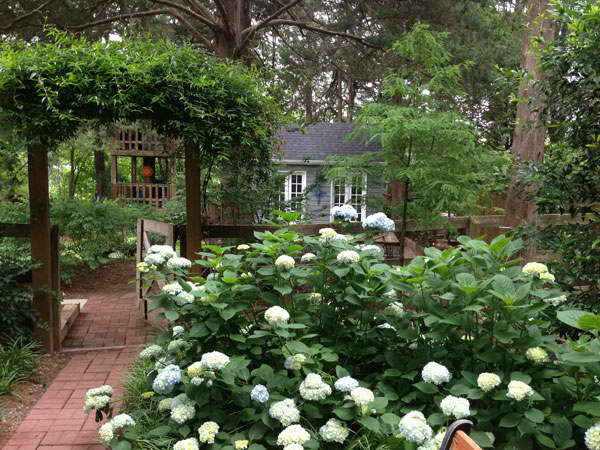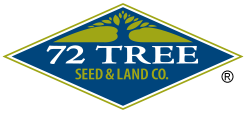Notice: Undefined variable: page in /home/vrxdg1855sn3/public_html/wp-content/themes/72tree/content.php on line 15
Notice: Trying to get property 'ID' of non-object in /home/vrxdg1855sn3/public_html/wp-content/themes/72tree/content.php on line 15
Tree Pruning – Why, How & When to Prune Your Trees
 Tress help improve the overall look and value of your property, but they need to be pruned or trimmed regularly for various reasons. Often branches have to be cut off for public safety and equally important the tree’s health.
Tress help improve the overall look and value of your property, but they need to be pruned or trimmed regularly for various reasons. Often branches have to be cut off for public safety and equally important the tree’s health.
Tree Pruning – Why Do It?
There are many different reasons to prune a tree, the first being safety. Weather affected trees and dead branches fall often and should be removed to decrease liabilities. Another safety related reason to prune trees is to remove any visual traffic obstructions or low-hanging branches that people might walk into.
Trees should also be trimmed for building upkeep and preservation. Paint and even minor structural damage may occur from foliage and limbs rubbing, touching, or compromising a structures foundation. Also, insects and critters can use these as entry points and it may increase the occurrence of mosquitoes and insects in the environment.
A counterintuitive lesson is that trees should be trimmed to boost their development, growth and structure. Healthy trees generally have good foliage density but their interior is not overcrowded. Fruit trees usually undergo structural pruning; this process results in helping them cope with the additional weight of the fruits that are produced.
Aesthetics is another suitable reason to prune trees. Obviously, poorly maintained or unsightly trees remove from the beauty of a property, making it feel less hospitable. Trimming and pruning is a simple method to improve the visual appeal of a tree.
If a tree needs to be pruned because it poses a threat, it’s best to call an arborist or tree removal company. Since a main goal of trimming a tree is personal safety, it’s best to hire a tree professional to trim and properly inspect your trees for any damage, pests or disease.
The following are guidelines for when you need to call a tree professional:
• Trees near a utility line shouldn’t be pruned by anyone but a professional arborist; getting near power lines is too dangerous and risky, especially when falling limbs or trees are involved.
• Trees smaller in diameter aren’t as dangerous, but a local tree service should handle trees greater than 10cm.
*Note – An important consideration is whether your city or local municipality has a tree ordinance or permit process for pruning your trees. Check with your local arborist division so you avoid a potential citation or fine.
How to Prune – Types of Cuts
The two basic types of pruning or tree trimming cuts are thinning cuts and heading cuts. Thinning cuts remove limbs at the point of their origin or attachment. In other words, when a branch is pruned at the point it connects to another branch, or from the trunk, it’s called thinning. The benefits of tree thinning are less wind resistance, improved air circulation, and less crowding, which improves sunlight penetration.
Heading cuts on the other hand reduce a tree’s height. When performing heading cuts, or “topping” the tree, you are cutting lateral branches and any terminal branches. Heading cuts encourage growth of buds nearest to the cut. Heading cuts shouldn’t be used on branches older than a year so as to avoid stimulating suckers and water sprouts. Likewise, on older trees heading is also referred disfigures and leaves them susceptible to pests and disease. Topping is not an ideal method of pruning because long-term it may destroy a tree by making it susceptible to rot.
Insects and bacteria exist in every environment and can be disastrous to a tree. So it’s important to note that not pruning in warming months is the best way to avoid tree disease and insects from destroying a tree.
When to Prune – Trees and Shrubs
Knowing when to prune depends largely on your goal and objective to be achieved. As a good rule, the best time to prune is late winter to early spring, when the tree is dormant. Limb removal will not be as stressful to the trees since the tree is inactive.
Other reasons to prune at this time include: Wounds seal better, and reduction in pest infestation risk as diseases and insects are inactive. On the other hand, non-flowering shrubs can be pruned as the need arises to maintain or accomplish a specific shape. Flowering shrubs should be pruned as soon as they finish blooming.
Late spring and early summer is the worst possible time to trim trees as this is when leaves expand and the tree’s entire energy source is being put towards its new growth.
When pruning its best to leave the bottoms wider, which allows sun to get to the bottom of the shrub. This will prevent the shrub from excessively thinning out. Lastly, late summer pruning may encourage new growth. This is bad because it may not have sufficient time to harden and be ready in time for winter.
Pruning is critical to the health of your shrubs and trees. However, using the above measures can prevent stress and help your trees survive the cold season. Contact our tree inspection and tree care specialists for pruning, trimming or diagnosing your trees – (678) 223-5495.
